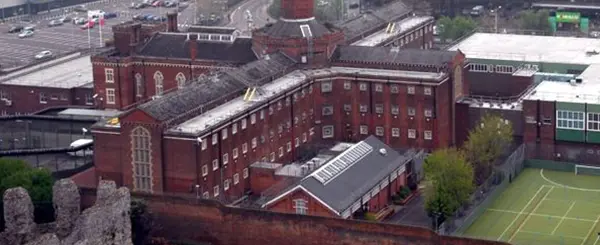The Neighbourhood Planning Act 2017 gained Royal Assent on 27 April, and several of its provisions have come into force.
Lichfields has prepared guides to the provisions of the Act that relate or will relate to plan-making, the imposition of planning conditions, and other future changes to development management.
The Government’s intention is that the Act will reduce the time lag between planning permission being granted and work starting on site, reflected in the provisions regarding planning conditions. Once the provisions are commenced, the circumstances under which pre-commencement conditions may be imposed without an applicant’s consent, and conditions that are prohibited, will be set out in regulations. This legislation simply reinforces the existing policy tests and best practice - generally, pro-active discussions regarding the conditions to be attached to planning permissions already take place between applicants and local planning authorities.
The Government also hopes that provisions regarding the preparation of neighbourhood plans and local development documents will lead to the identification of more housing land, and provide greater certainty for communities regarding where future development will be located.
The planning related provisions of the Act in force thus far are predominantly those that enable secondary legislation to be prepared.
For neighbourhood planning this includes enabling a development order setting out the circumstances under which local planning authorities will be required to notify neighbourhood planning bodies of planning applications and reserved matters approval applications (s.2), and regulations regarding the procedures and requirements for modification of neighbourhood plans and orders. Schedule 1, the new procedural arrangements for the review and modification of local plans, is in force (new schedule A2 to the Planning and Compulsory Purchase Act 2004).
Secondary legislation may also be made relating to future Secretary of State powers, including the ability to direct local planning authorities to jointly prepare a development plan (regulations regarding 'corresponding documents'), and to stipulate the frequency that LPAs must review their local development documents, and the matters to be included in an SCI.
Thus the Act reinforces the Government’s commitment to neighbourhood planning whilst providing significant Secretary of State powers to influence plan-making and control the use of conditions. The bottom up and top down plan-making measures provide new routes for securing improved development plan coverage, which is encouraging; but they must be adequately resourced.
The Government must also revise the General Permitted Development Order ‘as soon as reasonably practicable’ to remove all permitted development rights relating to drinking establishments (drinking establishments will not be included in the list of uses falling within their own class, as was proposed during the passage of the Act). This is expected imminently, Lord Bourne of Aberystwyth having committed to laying the necessary legislation immediately after Royal Assent.
The section requiring local planning authorities to include prior approval applications and prior notifications on the planning register has commenced (new section 69A of the Town and Country Planning Act 1990), but a development order prescribing the information to be recorded is outstanding.




